Search
Search Results
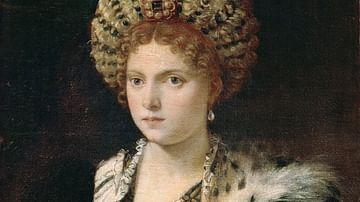
Definition
Isabella d'Este
Isabella d’Este (l. 1474-1539), was the leading lady of Renaissance Italy who funded the works of such renowned artists as Leonardo da Vinci and Michelangelo. Many of the greatest Renaissance artworks would not exist today if not for the...
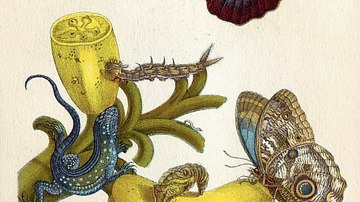
Article
Women Scientists in the Scientific Revolution
Women scientists during the Scientific Revolution (1500-1700) were few in number because male-dominated educational institutions, as well as scientific societies and academies, barred women entry, meaning that few had the education or opportunity...
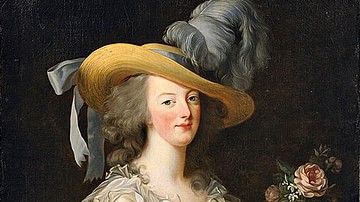
Definition
Marie Antoinette
Marie Antoinette (l. 1755-1793) was the queen of France during the turbulent final years of the Ancien Régime and the subsequent French Revolution (1789-1799). With the ascension of her husband Louis XVI of France (r. 1774-1792), she became...
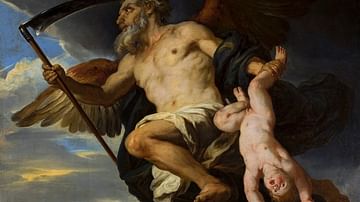
Image
Chronos and His Child by Giovanni Francesco Romanelli
Chronos and His Child by Giovanni Francesco Romanelli, National Museum in Warsaw, a 17th-century depiction of Titan Cronus as "Father Time," wielding a harvesting scythe.
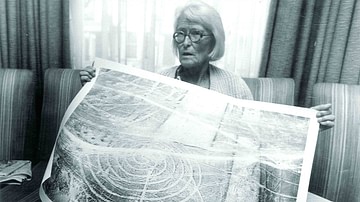
Image
Maria Reiche
Maria Reiche with a large aerial photo of Nazca Lines. She was a German-born Peruvian mathematician and archaeologist best known for her research into the Nazca Lines. Date of photograph is unknown. Image credit: The Maria Reiche Foundation...
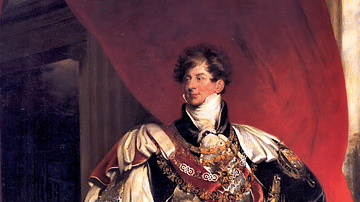
Definition
George IV of Great Britain
George IV of Great Britain (r. 1820-1830) was the fourth of the Hanoverian monarchs. He first reigned as Prince Regent from 1811 for his mad father George III of Great Britain (r. 1760-1820). George IV was an unpopular monarch for his many...
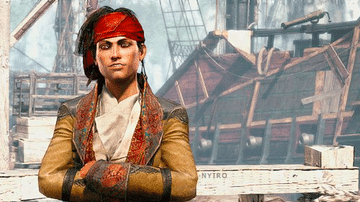
Definition
Mary Read
Mary Read, sometimes spelt Reade (b. c. 1690), was an infamous pirate during the Golden Age of Piracy (1690-1720) active in the Bahamas until her capture by the Jamaican authorities in 1720. As a crew member of the English pirate John Rackham...

Article
The Nazca Lines: A Life's Work
The World Heritage-listed Nazca lines are a well-known part of the ancient heritage of Peru. One woman spent over 50 years studying and protecting them. Ana Maria Cogorno Mendoza shares the story of Dr Maria Reiche. The lines and geoglyphs...
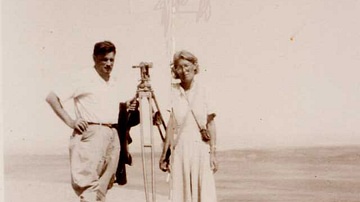
Image
Maria Reiche with Paul Kosok
Maria Reiche with Paul Kosok in 1939 CE. Image credit: The Maria Reiche Foundation. Maria Reiche was a German-born Peruvian mathematician and archaeologist best known for her research on the Nazca Lines. Paul Kosok was an American professor...
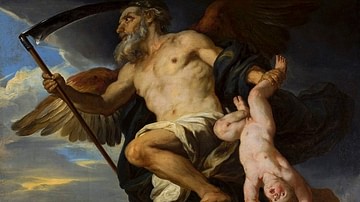
Image
Chronos and His Child
Chronos and His Child, a depiction of the Titan Cronus as "Father Time," wielding a harvesting scythe, oil on canvas by Giovanni Francesco Romanelli, 17th century.
National Museum, Warsaw.